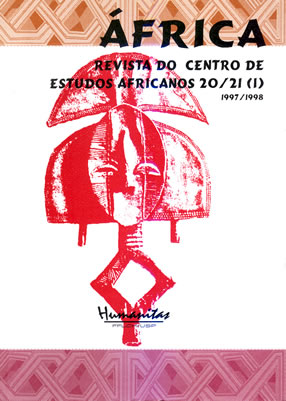Conceptual kings and the crown: ecology and royalty in Yoruba gourd carving
DOI:
https://doi.org/10.11606/issn.2526-303X.v0i20-21p127-140Palabras clave:
African art, Yoruba culture, carving, Nigeria, Oyo.Resumen
The history and significance of the motifs used in Yoruba gourd carving in Nigeria has thus far been of very little concern to scholarship on the art. The repertoire of the motifs is very large and includes eight categories: geometric, texts, anthropomorphic, anthropo-zoomorphic, man-made object, zoomorphic, skeumorphic and floral, the last three of which are preferred for important commissions and are of particular interest to this work. Premised on the socio-historical significance of the motifs, this art historical exercise examines their entire range, iconological significance and history. The history of the motifs is sought in contemporary practice, the functions of carved gourds, oral tradition and the art history of Old Oyo, the kingdom from where the art originated in Yoruba land. The paper classify the development of the motifs into three chronological periods of pre-1836, post 1836 to 196O, and 196O to the 198Os. It observes that the zoomorphic motifs allude to the ecological reality in Yoruba homeland. The animals are also regarded as kings in their various typological and zoogeographical contexts and are therefore, with the crown and markhamia tomentosa, symbolic of kingship. Significantly, the motifs and their development attest to the participation of Yoruba art in the general education, stratification and political mobilization of the society.Descargas
Los datos de descarga aún no están disponibles.
Descargas
Publicado
1998-12-09
Número
Sección
Artigos
Licencia
A reprodução de qualquer dado, mesmo em resumo, de matéria contida nesta publicação, só será permitida com a citação do nome, número e o ano desta revista.Cómo citar
Conceptual kings and the crown: ecology and royalty in Yoruba gourd carving. África, [S. l.], n. 20-21, p. 127–140, 1998. DOI: 10.11606/issn.2526-303X.v0i20-21p127-140. Disponível em: https://periodicos.usp.br/africa/article/view/75056.. Acesso em: 25 jun. 2024.





